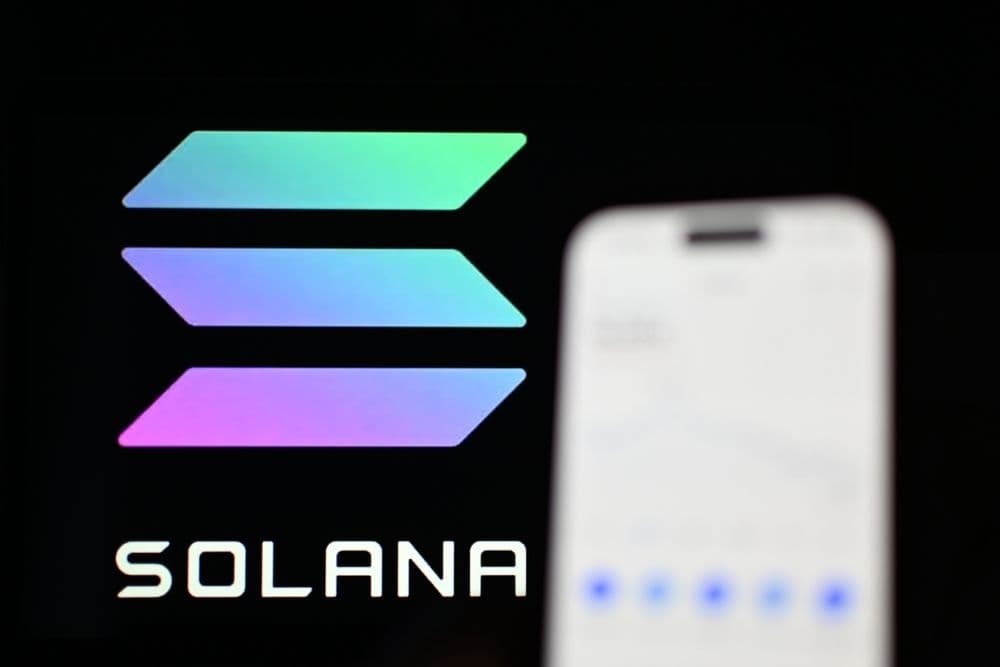 The younger Trump’s comments echo an increasingly common sentiment in the crypto world: that the centralized financial system is unable to keep pace with the demands of modern consumers. (Maxim Elramsisy/Shutterstock)
The younger Trump’s comments echo an increasingly common sentiment in the crypto world: that the centralized financial system is unable to keep pace with the demands of modern consumers. (Maxim Elramsisy/Shutterstock)“There’s not a single thing that those banks do that can’t be done better, cheaper, more efficiently, faster on blockchain,” he said, calling the existing infrastructure “broken” and “archaic.” His remarks reflect the Trump family’s growing interest in reshaping the U.S. financial system through digital innovation—particularly in an era where crypto-native platforms are gaining traction with younger, tech-savvy generations.
Trump singled out SWIFT, the decades-old global payment messaging system, as one of the most glaring examples of inefficiency. “SWIFT is an absolute disaster,” he stated, contrasting it with blockchain-based networks where money can be transferred instantly at minimal cost. According to Trump, decentralized finance applications will eventually surpass traditional banking by cutting out intermediaries and offering more transparency and accessibility to users.
The younger Trump’s comments echo an increasingly common sentiment in the crypto world: that the centralized financial system is unable to keep pace with the demands of modern consumers. In the U.S., traditional home loan approvals can take up to 90 days, an experience Trump characterized as emblematic of a broader problem in institutional finance. “By then, the house is already sold,” he added.
Eric Trump’s outspoken embrace of blockchain isn't just philosophical, it’s political and entrepreneurial. The Trump family has recently launched several crypto initiatives designed to push the U.S. to the forefront of global digital finance. One major effort was the creation of a national Strategic Crypto Reserve, which President Donald Trump created in 2025 to include major cryptocurrencies like Bitcoin, Ethereum, Solana and XRP as part of the federal monetary infrastructure.
Additionally, the Trump family launched USD1, a U.S. dollar-pegged stablecoin in March 2025. Built on BNB Chain and backed by short-term U.S. treasuries and cash equivalents, USD1 is being marketed as a secure, transparent alternative to centralized banking, aimed at facilitating faster, more affordable transactions.
The White House recently hosted its first Crypto Summit, bringing together leaders from Coinbase, Circle, Kraken, and other major players to discuss regulatory clarity, banking partnerships, and public-private collaboration. Insiders say that several major banks are expected to announce crypto integrations before the end of 2025, signaling a potential turning point.
Eric Trump’s warning to banks is more than just rhetoric, it’s a sign of the shifting tides in finance and politics. As blockchain technology continues to mature and gain adoption, institutions clinging to outdated systems may find themselves sidelined. With the Trump family positioning itself at the vanguard of this transformation, the line between political power and digital finance is becoming increasingly blurred. Whether banks adapt or not, one thing is clear: the age of blockchain is no longer a question of “if,” but “when.”

SKR debuts January 2026 as Solana Mobile grows its vision

Australia moves to strengthen crypto custody rules

Democrats report accuses Trump of crypto move

Dar Global, Trump reveal tokenized Maldives resort